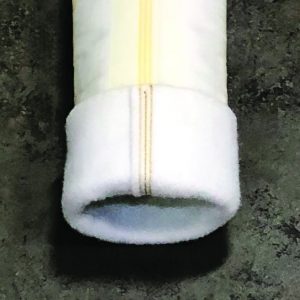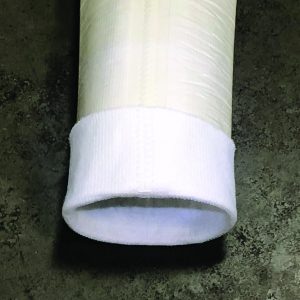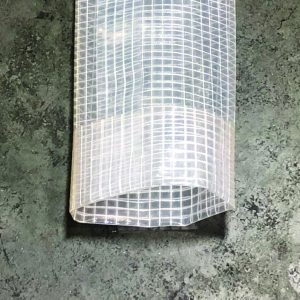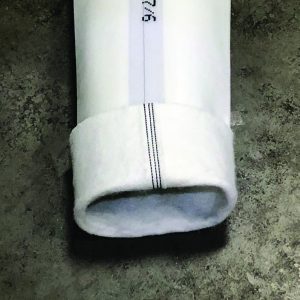CIPP Lateral Liners
Showing all 12 results
Choosing the Right CIPP Lateral Liner
Maxliner USA’s associate company, Applied Felts has been at the forefront of the manufacture and development of the world of CIPP liners from the very beginning. Revolutionizing a wide spectrum of new liner solutions, all created to meet your unique requirements and address the proven acceptance of CIPP as a viable way to extend the life of a pipe without digging or causing significant disruption to communities.
We understand that choosing the right lining material for a cured-in-place pipe (CIPP) rehabilitation project is never an “off the shelf” decision. Maxliner USA has an unparalleled commitment to understanding the unique field application requirements of CIPP installers, exploring and developing innovations to meet those needs.
Traditional CIPP lateral lining materials, first introduced in the 1970s, have been used successfully around the world for the rehabilitation of sewer pipes. The proven, decades-long history of extending the life of gravity sewer lines using quality CIPP lateral liners has justified the continued evolution of this important product to go beyond just sewer mainlines. One of the most significant advancements has been the development of a variety of flexible cured in place liners for relining vertical and lateral pipes, as well.
The real CIPP lateral liner evolution, however, has come directly from the CIPP installers in the field to meet their needs. Developing CIPP lateral liners that perform well for contractors or plumbers and deliver long-lasting results for system owners is always a goal. Advancements such as flame-bonded or sewn seams and PU-, PP, PVC- or PUXR-coated felt liners, for example, allow for more extreme pipe configurations and procedure requirements while providing greater flexibility in the field.
Key elements to consider to determine the best CIPP solution for your project
What are the unique characteristics of the job? What are the variables, e.g., geographic location, time of year (outside temperature), site access.
Which system and raw materials are being used to install the liner? Take into consideration availability and location of a wet-out facility, capabilities of the installation equipment, types of resin and hardener as well as other materials, which are equally important to evaluate prior to appropriate selection of the right liner for the right situation.
Know your options. Based on your unique needs, methods and materials used in the manufacturing process can be varied. For example, choosing the right polymer coating, which is crucial for the resin system as well as installation and curing methods. How will the liner be closed? Flame-bonded, sewn or perhaps a High Frequency (HF) welded CalTube which might need to be used in open-end (or blind shot) liners as well as pull-in-place applications.
Does the liner manufacturer have a quality QA/QC program? During the manufacturing process it is imperative that liners are stress-tested every step of the way. Characteristics such as density, thickness, fiber distribution/evenness, strength and weld-ability should all be continually evaluated. No pinholes in the liner coating should be present, which is ensured by monitoring coating uniformity, mass and weight distribution. Liners should be destructively tested for density at various pressures, tensile strength, coating distribution and more. Samples of the final product should be taken and tested once again for accuracy in circumference, density, length, coating integrity, weld strengths, and other properties that you specify.
Does the liner manufacturer stand behind its product? Our sister company and supplier, Applied Felts, does! They provide direct and ongoing support from determining the best raw materials, managing the manufacturing of the product, coordinating timely delivery, training your team and standing by to help you – day or night.







